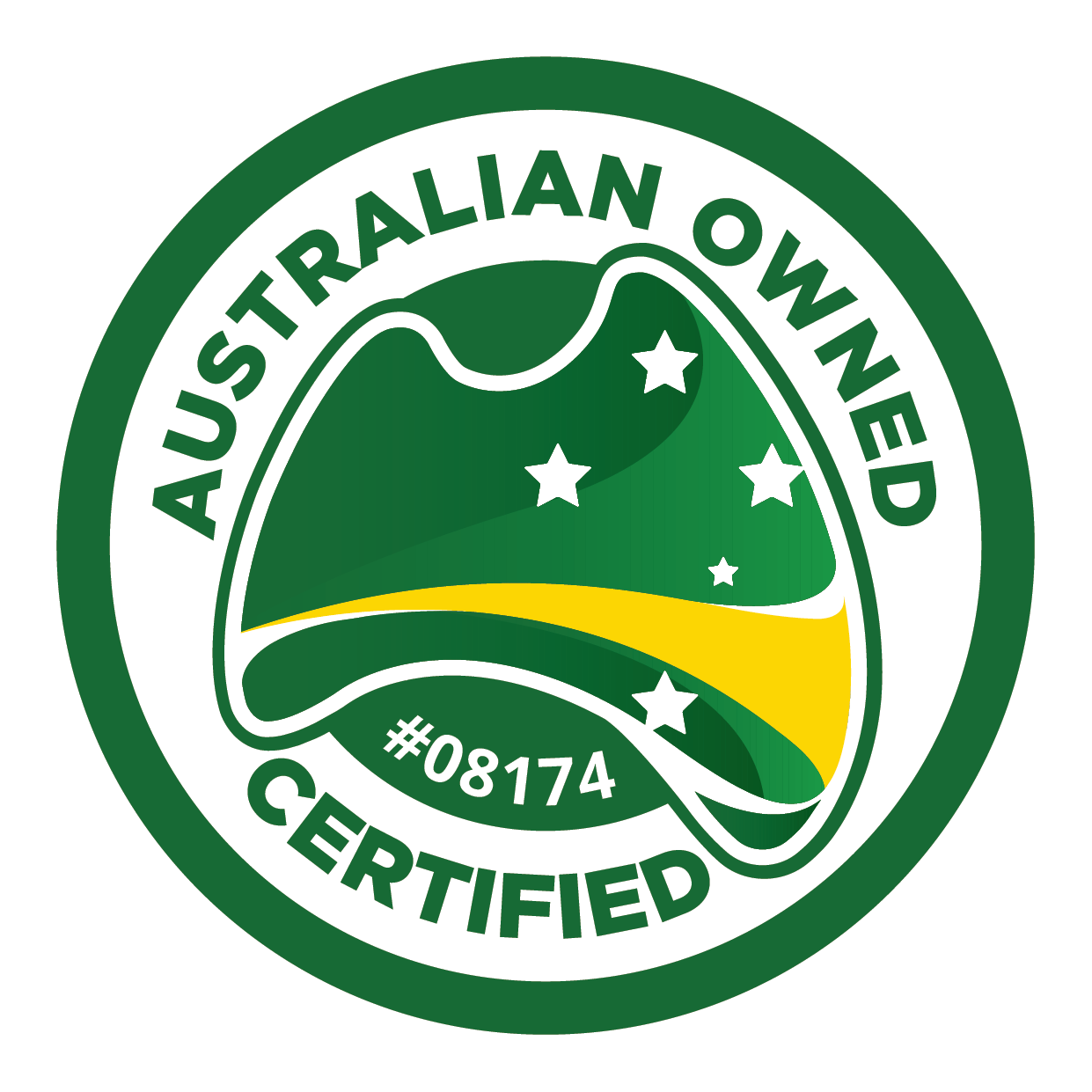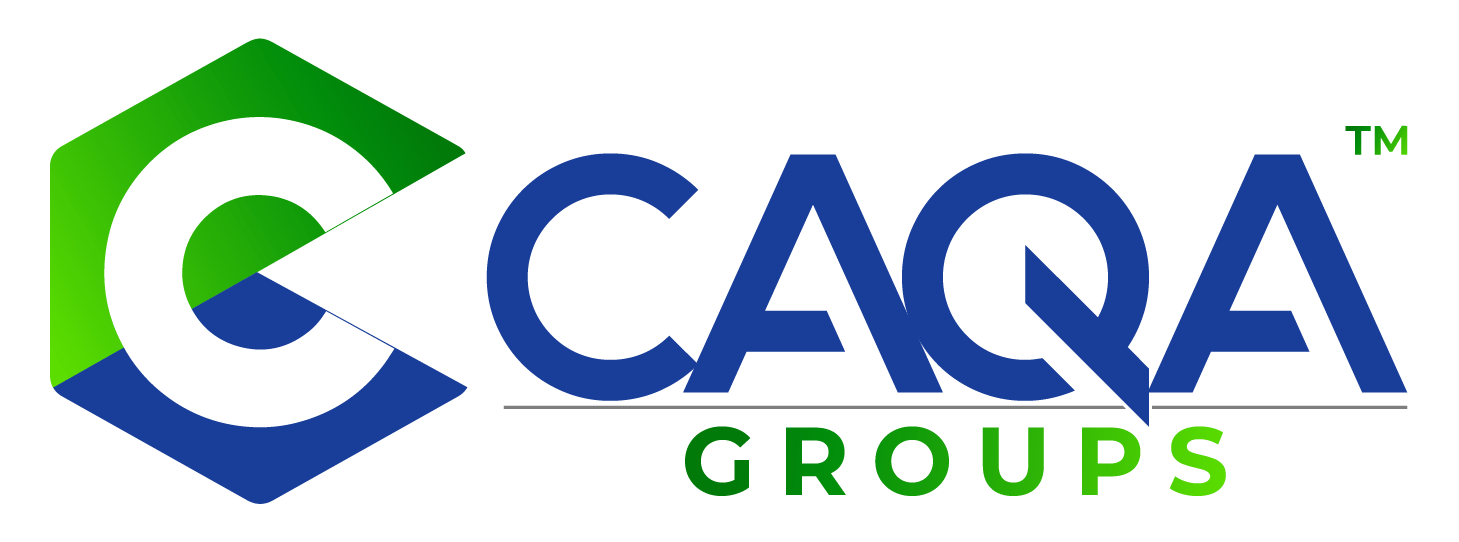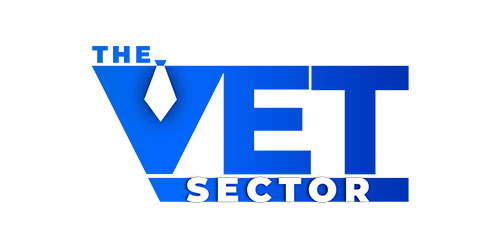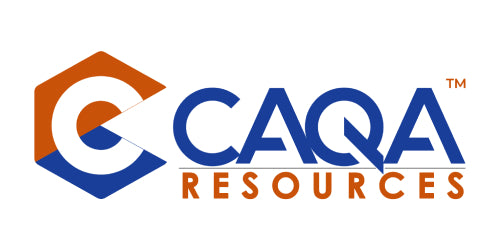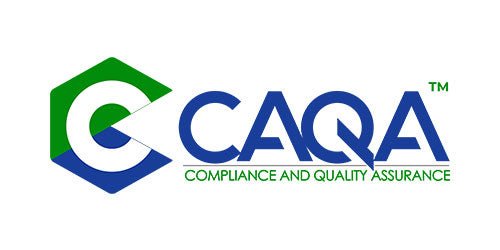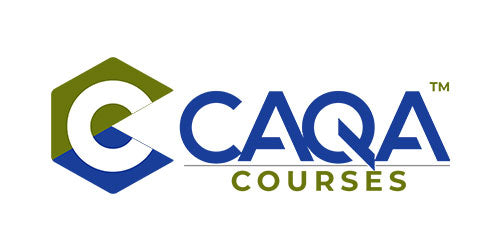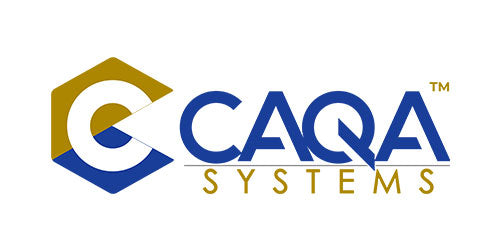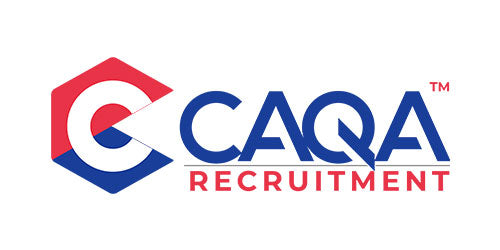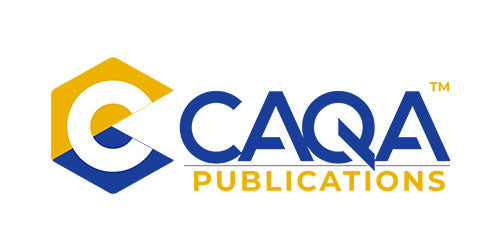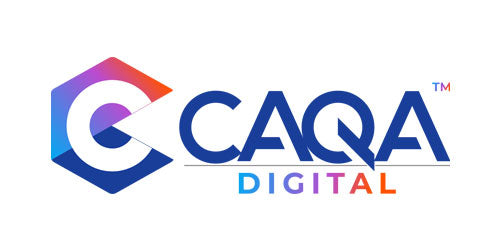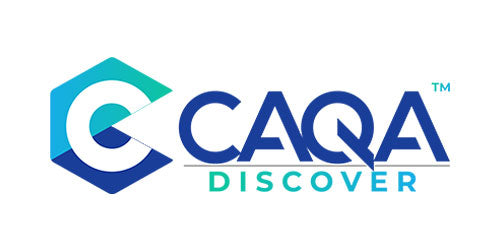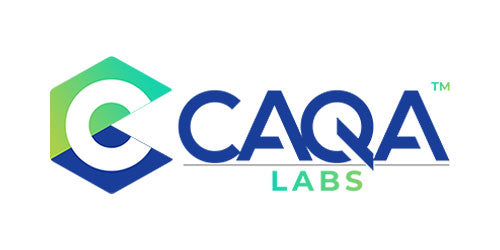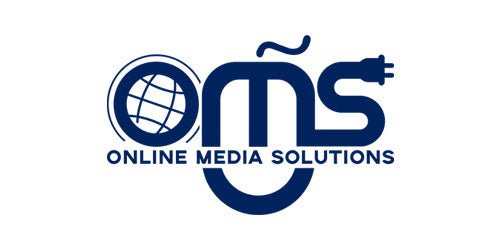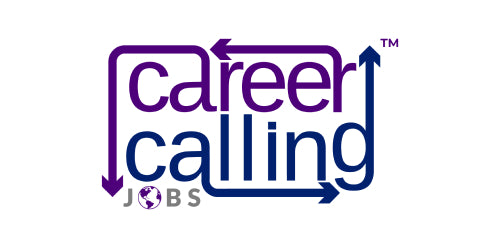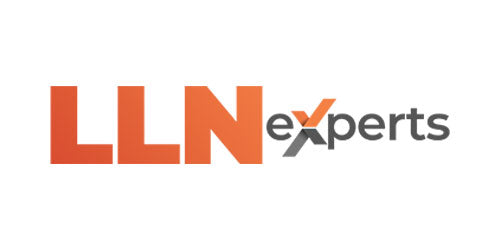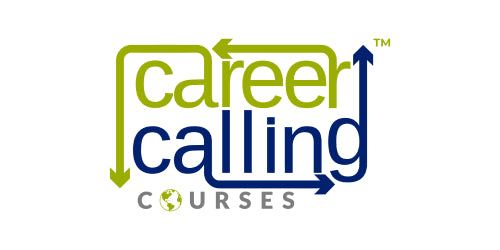What to look for when choosing a student management system for a training institution
What is a Student Management System (SMS)?
The student management system is basically a software to create, manage and track student related data and activities and report the required information to regulatory bodies. SMSs is the short form of student management systems. SMSs are now developed to handle practically every facet of a training organisation. Students information systems, student management systems, school management systems, and RTO software are all names for the same software program that solves the same problem: simplifying the time-consuming day-to-day processes of training in order to free up time for more important activities such as growing the business. In Australia, because training is so involved, having an SMS is a legal requirement for all RTOs (registered training organisations) to comply with.
What to look for in the student management system?
There are many different student management systems available on the market, so it is important to do your research before making a decision. Talk to other training organisations to get their recommendations, and read reviews online to see what others have said about different systems. Once you have narrowed down your choices, demo the systems to see which one is the best fit for your organisation.
There are many different options available, so it’s important to do your research and compare different systems before making a decision. When looking for a student management system for a training organisation, there are a few key factors to consider. Some of them are mentioned below:
The features offered by the system.
What functions do you need the system to perform? For example, do you need a system that tracks course attendance or grades? Make a list of the features you require and then find systems that offer those features. Make sure the system has all the features you need, such as registration, online enrolment, reporting capabilities, payment processing, managing course schedules, and course management.
The ease of use.
The system should be easy to navigate so that your staff can quickly find the information they need. It should also be easy to use for students, so they can easily register for courses and make payments.
The cost of the system.
How much money can you afford to spend on a student management system? Systems vary in price, so be sure to compare several options before making a decision. Make sure it fits within your budget and that there are no hidden costs. Also, check whether the vendor offers support and updates after purchase.
Make sure the system is compliant with government regulations.
The completion of yearly AVETMISS reporting by RTOs is required for continued compliance with regulatory bodies, as it demonstrates the consistency and accuracy of their data. The RTOs must also send out regular Learner Engagement surveys to their students in order to identify areas where they may improve the quality of their training. SMS should have a survey tool that allows you to design and send surveys to your learners, as well as create goals and tasks from the feedback—concrete steps for the improvement of your training organisation—in order to comply with ASQA's quality indicator requirements.
Test the system before you buy it.
This will help ensure that it meets your needs and expectations.
Some of the other factors you should consider include:
- The level of support and training offered by each system - the system vendor should provide prompt and reliable support in case of any issues.
- The size and complexity of your organisation
- Compatibility – the system should be compatible with your existing software and hardware.
When choosing a student management system for a training organisation, these are the key factors to consider. By considering these factors, you can find a system that meets your organisation's needs and budget.
















